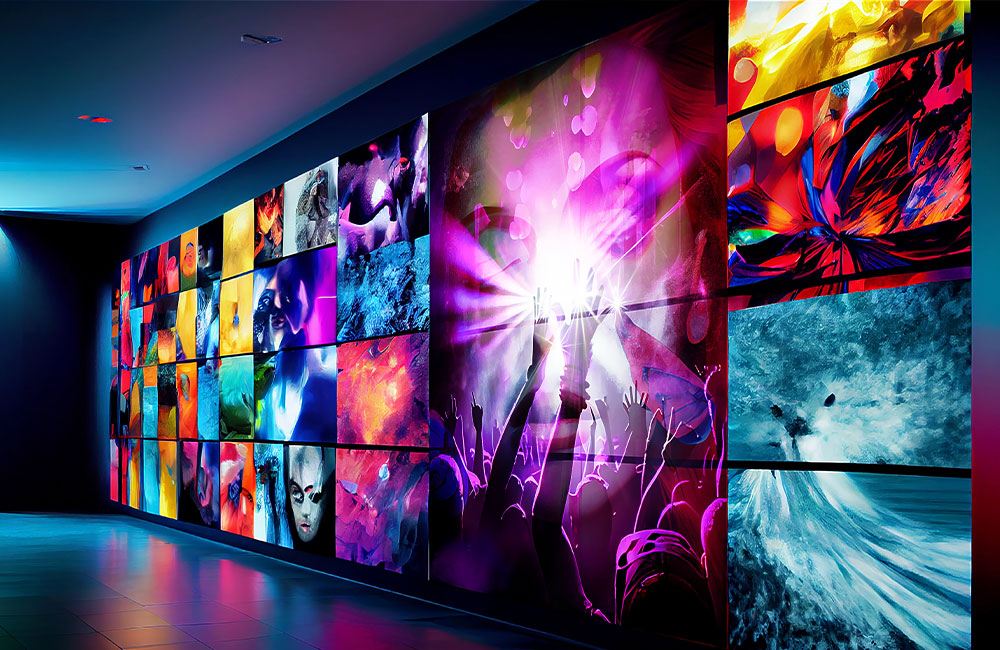To understand contrast ratios better, it is helpful to know how they are calculated. The ratio is typically represented as two numbers, such as 1000:1. This means that the brightest white is 1,000 times brighter than the darkest black. Screens with high contrast ratios offer deeper blacks and brighter whites, which enhances the overall visual experience. When watching a film or engaging with a game title, for example, these variations can produce a more engaging environment. Viewers can see details that may be unnoticeable in screens with reduced contrast ratios.
Different types of screen systems, such as liquid crystal display, light-emitting diode, More Help and organic LED, have varying contrast ratios. Organic LED panels are recognized for their superior contrast because they can turn off individual pixels completely, resulting in true black levels. Conversely, conventional liquid crystal screens may struggle to achieve similar levels of darkness due to their illumination methods. It is important for consumers to consider these variations when selecting a display for their needs. Grasping how each system manages contrast can significantly influence contentment with the device.
Moreover, the importance of contrast ratio goes beyond recreational use; it also affects productivity in professional environments. For tasks demanding precise visual analysis, like this such as graphic design or photo editing, having a screen with a superior contrast ratio allows for greater accuracy and clarity. This means designers can see subtle details in their designs or photographs without strain. In learning settings, learners benefit from high-quality displays that make learning materials more interactive and easier to comprehend.

In conclusion, enhancing visual experience through understanding contrast ratios is vital for anyone using screen technology. A higher contrast ratio leads to better image quality by providing richer colors and more detail in images. As technology continues to evolve, consumers should remain informed about these factors to make choices that best suit their preferences and requirements. Be it for leisure or productivity, being informed about contrast ratios maximizes satisfaction and efficiency in using screen technology.